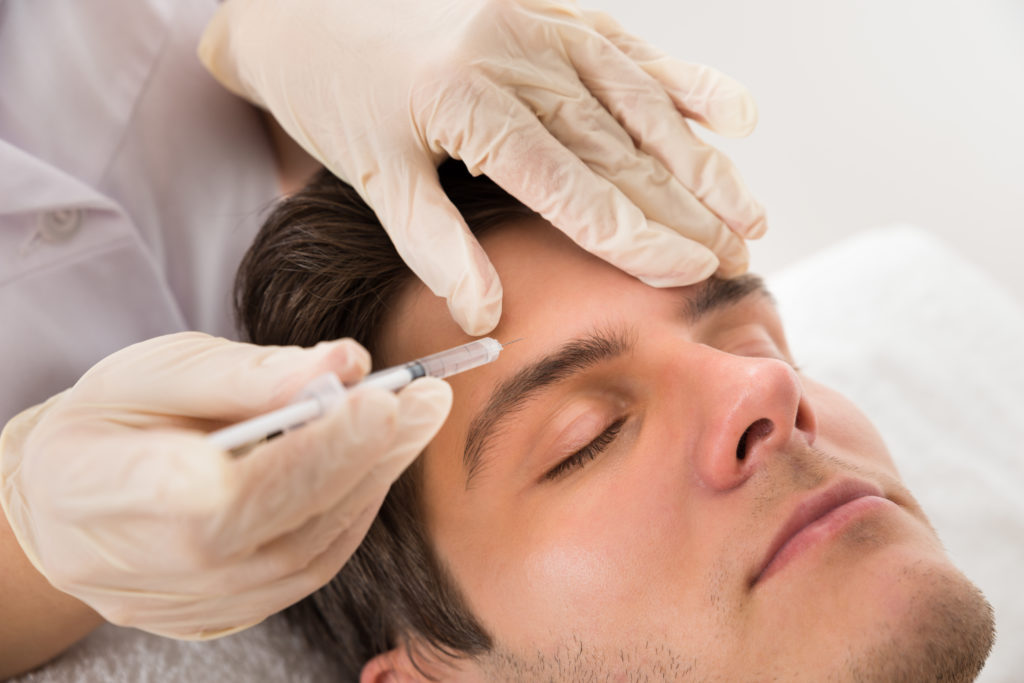Dental Botox
Dental Botox

Botox has been primarily used in cosmetic treatment for lines and wrinkles on the face, but the botulinum toxin that Botox is derived from has a long history of medically therapeutic uses. Botox is a neurotoxin derived from bacterium clostridium botulinm. The toxin inhibits the release of acetylcholine (ACH), a neurotransmitter responsible for the activation of muscle contraction and glandular secretion, and its administration results in reduction of tone in the injected muscle. The use of Botox is a minimally invasive procedure and is showing quite promising results in management of muscle-generated dental diseases like Temporomandibular disorders, bruxism, clenching, masseter hypertrophy and used to treat functional or esthetic dental conditions like deep nasolabial folds, radial lip lines, high lip line and black triangles between teeth.
- 100 Units (U) of Clostridium botulinum type A neurotoxin complex,
- 0.5 milligrams of Albumin Human,
- And 0.9 milligrams of sodium chloride in a sterile, vacuum-dried form without a preservative.
- Temporomandibular joint disorders
- Bruxism
- Oromandibular dystonia
- Mandibular spasm
- Pathologic clenching
- Dental implant and surgery
